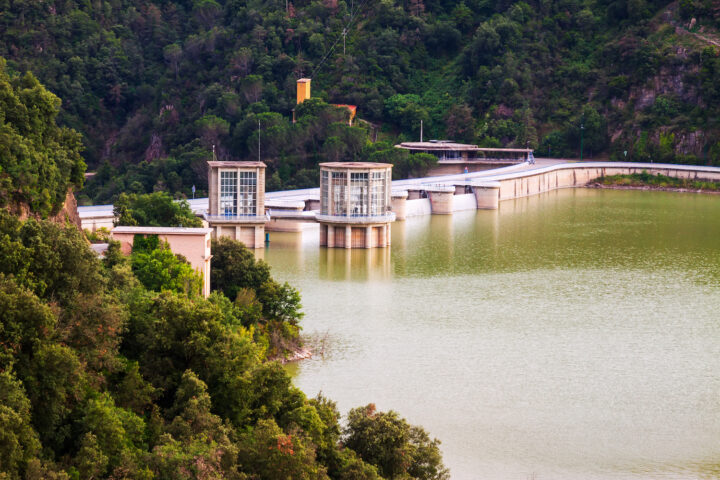3 important considerations when building a smart water network
Blogs
January 23, 2023

Access to clean water is an indispensable component of a stable, habitable community. After all, water is at the bottom-most level of Maslow’s hierarchy of needs, along with food, shelter, and clothing, meaning that it is one of the most fundamental needs for survival.
While our need for water has not changed, how we acquire it, handle it, and treat it to ensure that it is safe for use certainly has. Modern city dwellers no longer have to go to a nearby river or well to collect water, then carry it back to their homes. Industrial development and modern civil engineering eventually gave rise to indoor plumbing, making it simpler to acquire and dispose of water on an individual level. However, the infrastructure that modern cities need to handle the water requirements of its residents is changing all the time to incorporate new technologies and improvements over older methodologies.
Now, the next step of all this advancement seems to be towards the development of smart water systems. What follows is an overview of this important new technology, along with some of the considerations that go into its design.
What is a smart water network?
In its broadest sense, a water system is the entire network of pipes, pumps, and treatment facilities that allow us to get and then dispose of water. A smart water network encompasses this entire system, but also includes a collection of sensors, testing devices, and measuring facilities that speak to one another and can react to actual events in real time, with minimal need for human intervention.
For instance, a location’s reservoir became corrupted with a toxin.. Without any intervention from human users, a smart water network would be able to:
- detect the cause of the contamination;
- prevent any contaminated water from being released into circulation;
- divert water from other sources to the locations that would have been serviced by the contaminated water source; and,
- purify the contaminated water to make it suitable for use again.
As one would expect, there are many considerations that go into building such a complex, interconnected system. Here are some of them.
Data Governance and Tech Stack
As with all systems powered by information technology, a smart water network requires a robust digital infrastructure, consisting of remote devices, software, hardware, and network linkages that allow the system components to communicate with each other, for the system to be viable. This network, also sometimes called a tech stack, must be put into place first if the objective of building a smart water network is to be met. This is why LIMA Water Corporation has been working on building foundations for its smart water network through its automation program.
Once the system is fully operational, it will be expected to serve the diverse needs of LIMA Estate’s occupants, which include industrial and commercial tenants, as well as a hotel and more than 2,000 permanent residents. The system will first have its baseline performance set, during which it will monitor consumption by and outflow of water from the various occupants of the estate. Once baselines have been set, the system will be able to automatically detect any aberrations in overall consumption, redirecting water as needed without a human user directing it. The end result is better efficiency, improved service delivery, and faster resolution of any issues that may crop up.
Government compliance
Any infrastructure project will need the support of the government and its corresponding regulating agencies in order to succeed, so engaging them throughout the process of implementation and acquiring the necessary approvals and accreditations are non-negotiable. For example, in the case of the LIMA Estate, Aboitiz Infracapital decided to establish the LIMA Water Corporation (LWC) to administrate the needs of the estate. The LWC leadership was responsible for, among other things, ensuring that their laboratory unit adhered to the standards set by the national government and the Department of Environment and Natural Resources (DENR).
Sustainability
For a smart water network to be a true solution to water security challenges for the long term, it must be sustainable and should not compromise or contaminate the organic water systems that surround it. It should also limit its own carbon footprint and, if possible, its need for energy from external sources. Aboitiz InfraCapital, with its drive toward an overall sustainability framework, has recognized the need for this and thus envisions to incorporate smart water networks in all of its projects.
A smart water network is a complex IT system with many components, but with the right combination of technical competence and institutional buy-in, implementing one could be the transformative step needed to safeguard the country’s water resources for future generations.































